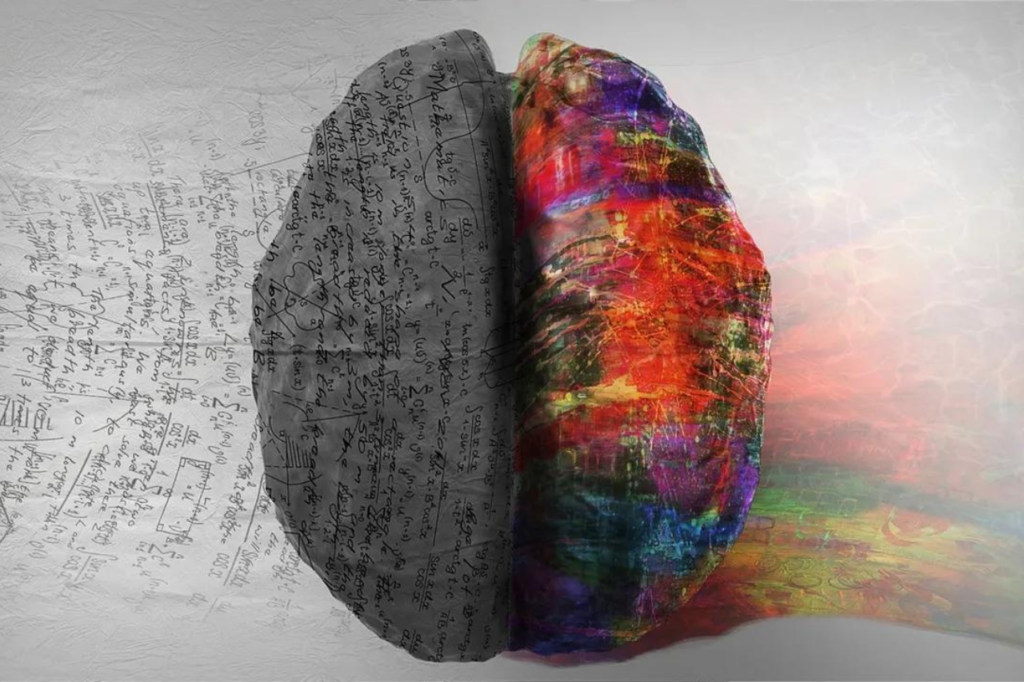Introduction:
Sleep disorders can have a profound impact on a person’s health and well-being. For veterans, especially those who have served in demanding and high-stress environments, sleep disorders are a common challenge. In this blog post, we’ll explore how veterans can connect their sleep disorders to their military service when filing claims with the Department of Veterans Affairs (VA).
Understanding Sleep Disorders:
Before delving into the connection between sleep disorders and military service, it’s important to understand what sleep disorders are. Sleep disorders encompass a range of conditions that affect a person’s ability to fall asleep, stay asleep, or achieve restorative sleep. Common sleep disorders among veterans include insomnia, sleep apnea, restless legs syndrome, and nightmares associated with post-traumatic stress disorder (PTSD).
Connecting Sleep Disorders to Military Service:
- Documenting Symptoms: The first step in connecting a sleep disorder to military service is to document your symptoms thoroughly. Keep a sleep diary noting patterns of insomnia, episodes of sleep apnea, frequency and intensity of nightmares, and any other sleep-related issues you experience.
- Seeking Medical Evaluation: Schedule an appointment with a healthcare provider experienced in diagnosing and treating sleep disorders. Discuss your symptoms, medical history, and any potential triggers related to your military service, such as combat exposure, stress, or traumatic events.
- Obtaining a Nexus Letter: A Nexus letter from your healthcare provider can be instrumental in connecting your sleep disorder to your military service. The letter should detail how your military experiences have contributed to or exacerbated your sleep disorder, citing specific incidents or conditions that are relevant to your case.
- Gathering Supporting Evidence: In addition to a Nexus letter, gather supporting evidence such as medical records, sleep study results, and any relevant documentation from your time in service. This evidence strengthens your claim and provides a comprehensive picture of your sleep disorder and its connection to your military service.
- Exploring Secondary Service Connection: In some cases, sleep disorders may be secondary to other service-connected conditions, such as PTSD or traumatic brain injury (TBI). If your sleep disorder is a result of or aggravated by a primary service-connected condition, ensure that this relationship is clearly outlined in your claim and supporting documentation.
Tips for a Successful Claim:
- Be thorough and specific when documenting your symptoms and experiences related to your sleep disorder.
- Seek medical evaluation and treatment for your sleep disorder to demonstrate ongoing impairment and the need for benefits.
- Keep detailed records of all medical appointments, treatments, and medications related to your sleep disorder.
- Work with a veterans service officer or accredited representative to navigate the VA claims process and ensure that your claim is well-prepared and supported by evidence.
Conclusion:
Connecting sleep disorders to military service requires careful documentation, medical evaluation, and supporting evidence. By following these steps and leveraging resources available through the VA and veterans service organizations, veterans can strengthen their claims and receive the support and benefits they deserve for their sleep-related challenges stemming from their service to our country.



